The eras in Gränges' history
In 2021, it is 125 years since Gränges was founded. Here we look back at our history with an overview of the different eras that the company has experienced. It has not been a straight path, it has been ups and downs, mistakes and mishaps - and successes. There are also many examples of how difficulties breed creativity. If you look even further back, to Gränges' "pre-alumina" history, there are even more stories about smart innovations, enterprising employees and knowledgeable technology decisions. Gränges has always changed based on the times, demands and market conditions.
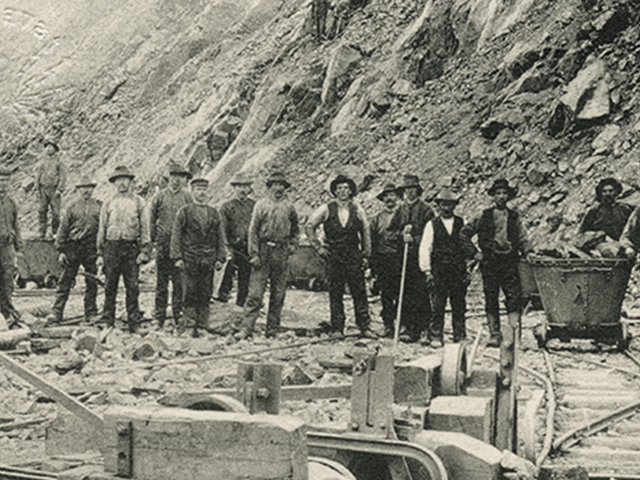
1896: Ore by rail became Gränges
When Gränges was formed in 1896, it had its roots in two activities: railways and mines. Trafik AB Grängesberg-Oxelösund (TGO) was founded at a constituent board meeting in the Stockholm Stock Exchange in the summer of 1896. The company took over shares in several companies owned by The Swedish Association, including three railway lines and shares in Grängesberg's mine. Read more ›
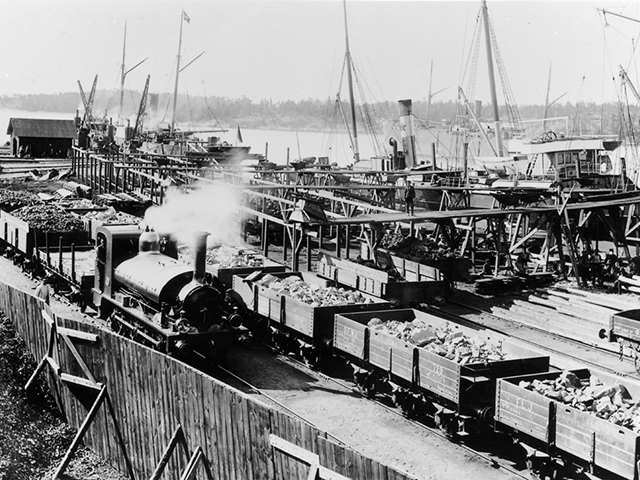
1896–1929: The big company Gränges
The Swedish ore and the railways were of continued great political interest, and in 1907 Gränges sold half of the ore operations (LKAB) in an agreement with the Swedish state, but Gränges would continue to be responsible for the operations. In 1917, Gränges started operations in Oxelösunds Jernverk, just over 100 km south of Stockholm. Read more ›
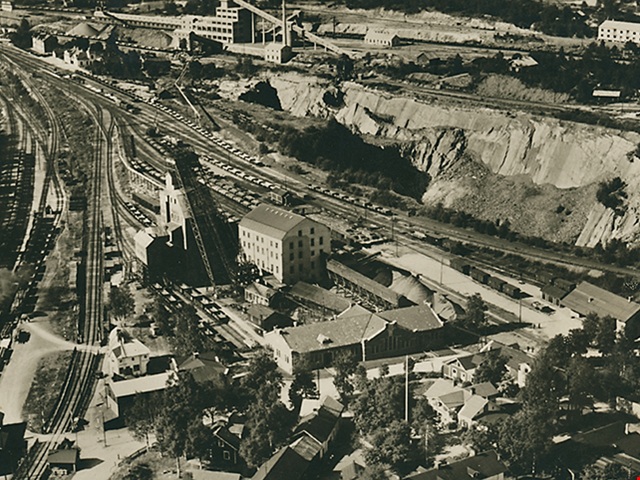
1930–1956: The Waldenström era
With Martin Waldenström as the new CEO of Gränges, a completely new era began, one in which he gathered power around himself and was even succeeded by his son Erland. With him, Gränges got a manager who better mastered negotiation techniques, which would come in handy in a period that was characterized by even greater protectionism and planned economy, but also by armaments efforts and a new world war. Read more ›
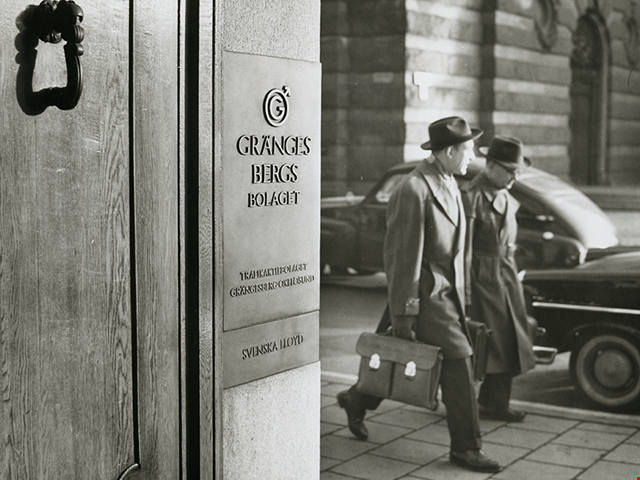
1957–1976: A growing conglomerate
Under Erland Waldenström's leadership, Gränges entered a new era in 1957, when the Swedish state released LKAB from the company for almost SEK 1 billion. The question was what would the company use this new liquidity for? For that sum, Gränges could, for example, buy power in all the major listed companies and become an investment company. Whatever decision it would be an almost new company. Read more ›
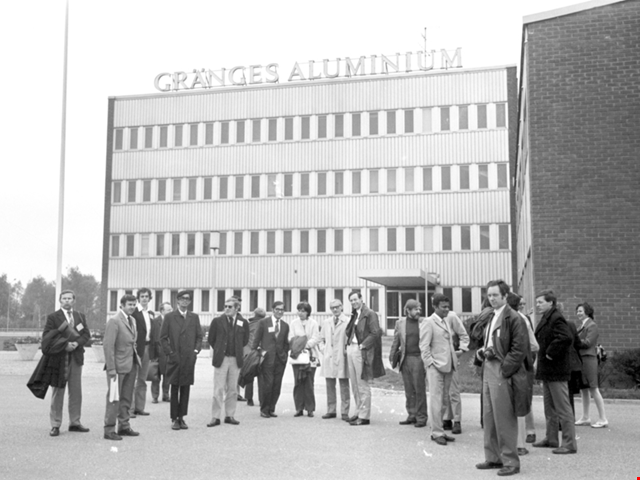
1976–1997: The time with Electrolux
If someone ten years earlier had predicted that the vacuum cleaner and white goods company Electrolux would soon take over and dismantle Sweden’s perhaps most respected company Gränges, this would have immediately been dismissed as a bad joke. Electrolux was, almost no matter how measured, only a third as large and had almost nothing in common with Gränges. Read more ›

1997–2020: The return of Gränges
In 1996, Gränges was on its way to the stock exchange again, but financial turmoil in Asia meant that the business was instead spun off to Electrolux owners in 1997. The new Gränges consisted mainly of operations in aluminium profiles and rolled aluminium. The leading Sapa in Vetlanda was soon given the name of the entire group, while the band and foil became Heat Transfer. Read more ›

 svenska
svenska
 中文(中华人民共和国)
中文(中华人民共和国)




